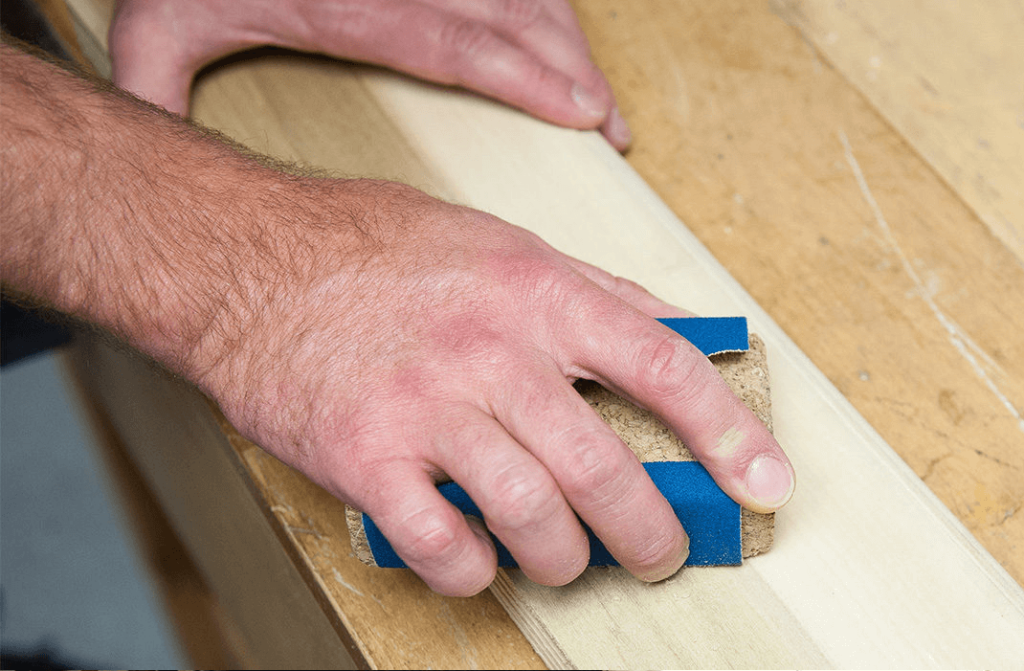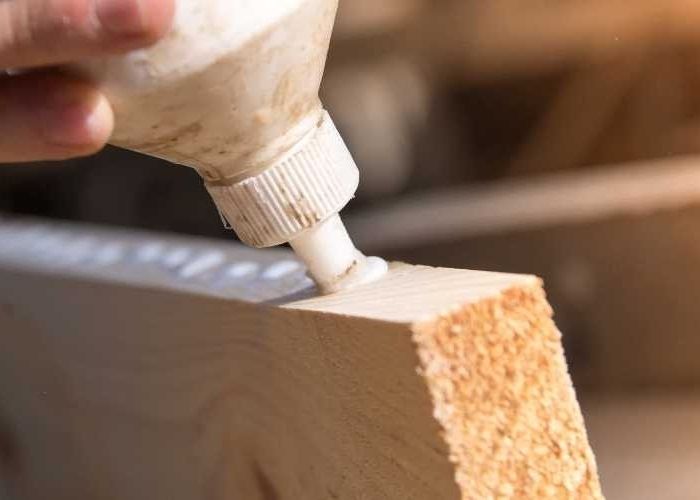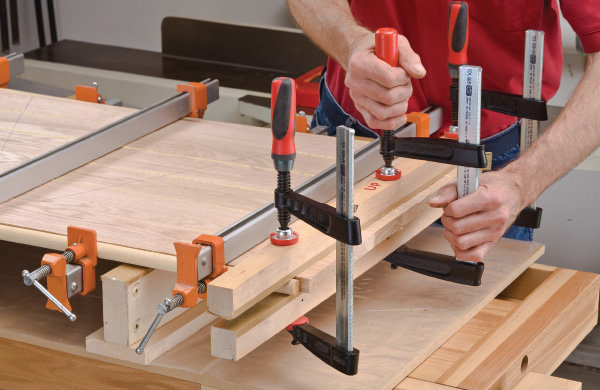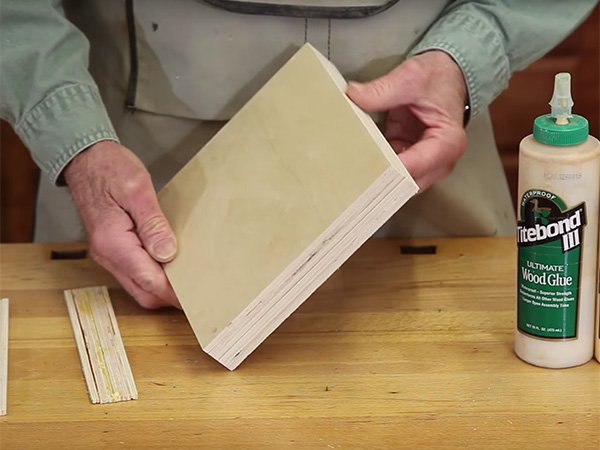Have you ever wondered how to attach wood to MDF? Medium-density fiberboard is one of the most popular building and craft materials because it’s versatile, easy to cut, and has a lovely grain. This material is the top choice among woodworkers, carpenters, and hobbyists. However, working with MDF also has its challenges; one is figuring out how do you attach wood to MDF.
Why Attaching Wood to MDF is a Common Problem
To attach MDF to wood, you need good wood glue. Whether it’s surface to surface gluing or edge-to-edge, the suitable adhesive and the right amount of glue can help you do durable wooden projects.
MDF is naturally slightly porous and, thus, will absorb more glue before it starts to stick to the material. Using more glue is ideally the best remedy; however, not all wood glue will work.
Three types of wood glues can work with MDF: PVA glue, epoxy, and plastic resin glue. In this tutorial, let’s find out how to use these glues and other methods to attach MDF with different types of wood.
What You Need to Follow This Tutorial
Round up these materials when working with MDF and other types of wood:
- MDF wood – MDF is available in various thicknesses. You can use any size or thickness of MDF for this tutorial. We recommend cutting at least 3 to 6 pieces of 4-inch x 4-inch size MDF as a sample
- Other wood types – you can use any kind of scrap wood available: oak, pine, maple, walnut, etc.
- PVA glue – this is regular wood glue common in traditional woodworking projects. This glue works great with MDF wood and other types of solid lumber. PVA glue dries quickly, is affordable, and has a fast curing time of just 24 hours. The best choice is yellow PVA glue because it dries faster than white PVA. Use PVA glue only for interior projects as it is not resistant to weather changes.
- Plastic Resin glue – use plastic resin glue if you’re doing projects for outdoor use. It is the wood glue of choice when connecting larger pieces of MDF and for general carpentry projects. Plastic resin is waterproof and durable; however, it is toxic when inhaled because it contains urea-formaldehyde. It also takes time for plastic resin glue to dry.
- Epoxy – another effective glue to connect MDF with other woods is epoxy. This is very effective and available in different sizes and shapes. However, it’s costly, so it’s not the top choice among woodworkers and carpenters.
- Clamps –you need clamps of different sizes to hold the two pieces of wood together as the glue dries.
- Clean rags – you need rags to clean the surface of MDF and other woods before connecting them.
- Screws and nails – once the glue is dry and cured, you may now apply screws or nails to support the two parts. You may use hand tools or power tools to attach hardware to wood.
How to Attach Wood to MDF – Step by Step Instructions
Here are instructions on attaching MDF with wood using three types of glues and other methods.
1. Prepare the MDF and wood surface.

You need the MDF and wood surfaces to be free from dust, dirt, and grime, or the glue will not work well. If you’re connecting wood with visible dirt, you may wash the piece and let it dry entirely before joining. If you’re using wood with paint or varnish, it’s best to remove these layers before using wood glue. Use 40 to 60 grit sandpaper on a sanding block to remove paint and varnish.
Important points
No matter what kind of glue you wish to use, make sure to work in a well-ventilated area, preferably outdoors. Wear a face mask, goggles, and work gloves to avoid inhaling and contact with this glue when using plastic resin glue.
2. Apply the glue you wish to use

Read the instructions on how to apply the glue you wish to use. Most glues come with an applicator, so you don’t have to use a stick or hands to spread the glue. Here are some pointers when applying each type.
PVA Glue
As we mentioned before, MDF is a porous material and thus, will need more glue to stick to wood. Place a generous amount of PVA glue on the surface and use a spreader or applicator to spread the glue all over the surface. Ensure that the PVA glue is evenly distributed, especially over the corners and edges. If connecting two edges, ensure that the glue covers all the edges. Spills can be easily remedied with a swipe of a paper towel.
Plastic Resin glue
You may need less plastic resin glue on MDF glue, but it’s still important to apply more glue on the edges and corners.
Epoxy
Follow the instructions on the product label or box. Some epoxy brands need mixing, while some have different drying and curing times. Be sure to read the instructions before use.
3. Apply the clamps

You have the two pieces glued together, so the next part is securing the two with some clamps. If you’re connecting two thick pieces, use larger, heavy-duty clamps. Follow the drying times of the type of glue you’re using. Usually, it’s safe to remove the clamps once you’re past the drying time.
4. Use screws or nails

Once you’ve removed the clamps, you may now use screws or nails to reinforce the two pieces.
5. Observe proper drying and curing times
After applying screws or nails on the two wood pieces, allow the two to cure for at least another 24 hours. Curing times vary from product to product, so follow these accordingly.
Conclusion
Attaching MDF to wood is possible by using a suitable glue and observing proper glue amounts, drying times, and curing times. Each type of glue is different so take time to read application instructions and precautions.
Did you enjoy this tutorial? If you did, tell us in the comments below. If you have additional tips, let us know. Share this tutorial with anyone who wants to work with MDF and other types of wood.

Leave a Reply